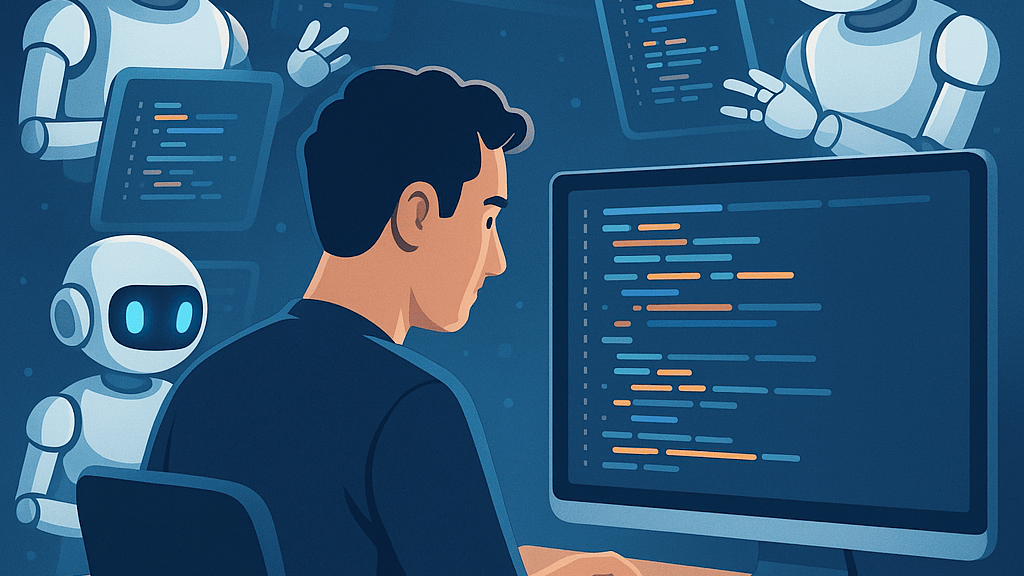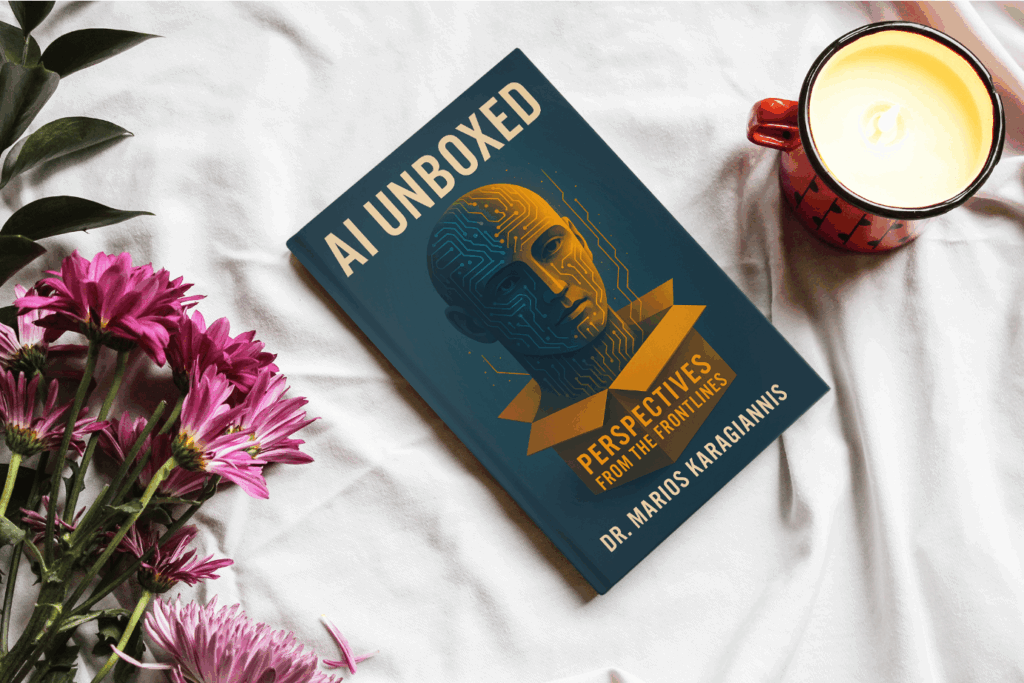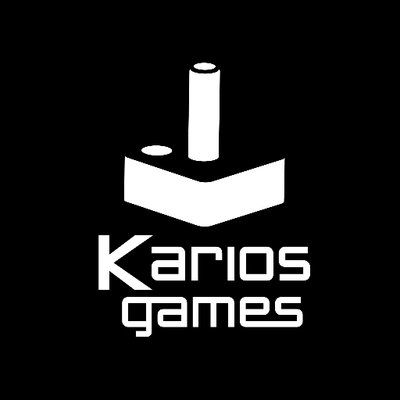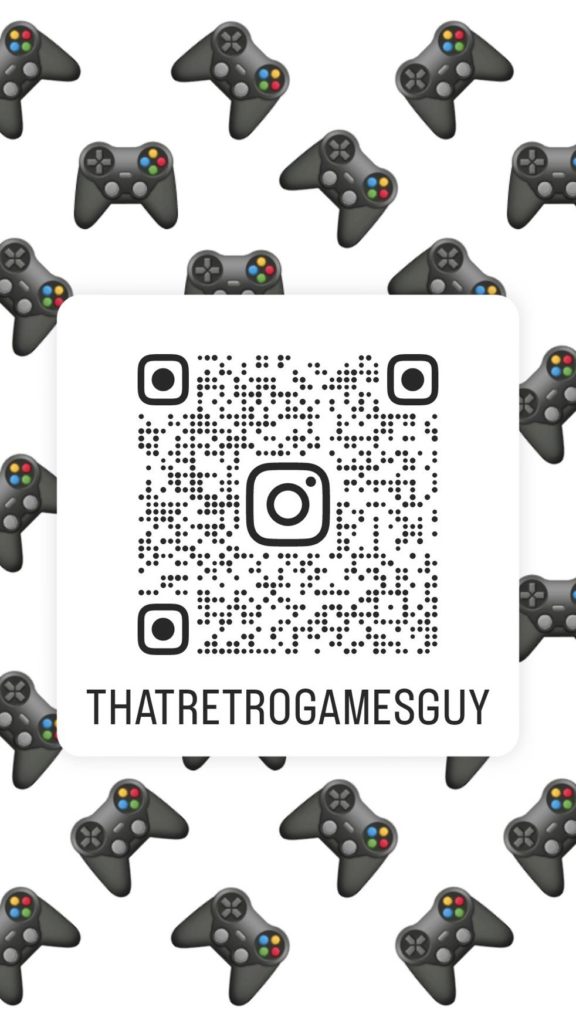
We’re living through a radical shift in software development. The rise of AI tools and no-code platforms has made it easier than ever to create functional applications, websites, and tools without writing a single line of code. For coders, this doesn’t signal the end of their relevance-it’s a call to evolve. In the AI-driven world, the value lies less in how you build something, and more in what you choose to build-and why.
The Rise of No-Code and AI Tools
Thanks to a wave of new tools, non-coders now have the power to build MVPs, automations, and fully-fledged digital products without technical training. Some popular platforms include:
- Webflow – Design and launch professional websites visually.
- Bubble – Build interactive web apps with logic and workflows, no code required.
- Glide and Adalo – Create mobile and web apps from spreadsheets or templates.
- Zapier and Make (Integromat) – Automate workflows by connecting different apps and services.
- Airtable and Notion – Flexible databases and content tools with front-end capabilities.
- ChatGPT and Copilot – Generate code, content, logic, and even debug issues.
- Replit and CodeSandbox – Instantly spin up cloud-based coding environments with built-in AI assistance.
- Softr, Framer, Tilda – Build polished, interactive sites and apps visually, fast.
- AI agents and copilots like Cursor, Warp AI, or even GPT-enhanced CLI tools – Speed up development dramatically for technical users.
In this environment, technical expertise is no longer a gatekeeper. That means coders are no longer just the builders, they’re the architects, strategists, and product thinkers.
The Real Skill: Knowing What to Build
With barriers to entry falling, the real advantage now lies in clarity of vision, not technical execution. Being able to identify real problems, validate ideas quickly, and know when to build (and when not to) is the new superpower.
Ask yourself:
- Is this something people really need?
- Can it be validated without building a full app?
- Could it be built with existing tools to test demand?
Knowing what to build, based on user pain points, timing, and market fit-is a rare and powerful skill. Coders who develop product intuition will always stand out.
The Trap: Building in a Vacuum
Many engineers fall into a familiar trap: they build because they can, not because they should. The joy of solving technical problems and the comfort of building solo often leads to projects that are technically beautiful but ultimately unused.
This trap looks like:
- Spending weeks perfecting architecture before validating the idea.
- Choosing complex stacks over quick prototypes.
- Polishing something endlessly in isolation, instead of getting user feedback early.
In the AI world, where you can ship a prototype in a weekend, this mindset becomes increasingly dangerous. Time-to-feedback is the new gold.
Embracing the New Role of the Coder
In this landscape, the best coders will:
- Use AI and no-code to move faster, not prove their chops.
- Prioritize experimentation over perfection.
- Focus on outcomes, not output.
- Collaborate with non-technical teammates who can now participate directly in building.
Technical know-how is still incredibly valuable, but it’s amplified when paired with product thinking, speed, and empathy for users.
If you’re a coder, don’t worry-you’re not being replaced. You’re being repositioned. From gatekeeper to guide. From builder to strategist.
In a world where anyone can build, the real differentiator is knowing what to build-and having the courage not to build what doesn’t matter.
Let’s code smarter, test earlier, and stay focused on what really moves the needle.








